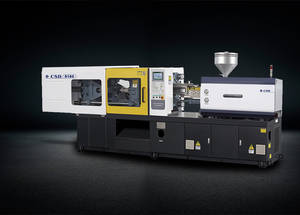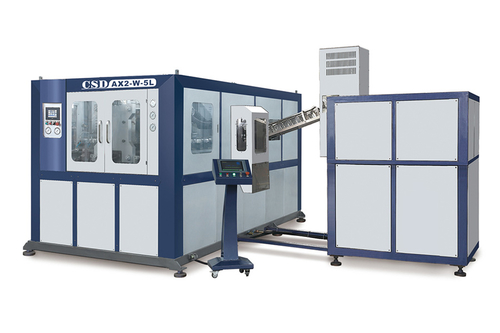Established in 1992 with a registered capital of $5.2 million USD from Australian sole-ownership enterprises, and boasts a 72,000 square meter factory zone. - Custom Injection Molding Machine Manufacturers
In the world of manufacturing, automation is transforming traditional methods of production, and one area seeing significant advancements is injection molding. The use of automatic injection molding machines has become a game changer, improving efficiency, precision, and versatility across a variety of industries. From automotive parts to consumer goods, the adoption of automated systems is driving a new era of manufacturing, making it faster, more cost-effective, and environmentally sustainable.
What is Automatic Injection Molding?
Automatic injection molding is a manufacturing process used to produce parts by injecting molten material into a mold. This process is particularly effective for mass production of plastic components, as it enables high precision and repeatability. Automatic injection molding machines differ from traditional manual systems by incorporating advanced technology that automates various stages of production, from material loading and injection to cooling and ejection of the final product.
The key advantage of automatic injection molding machines lies in their ability to perform operations with minimal human intervention, allowing for continuous production with greater consistency and reduced labor costs. These machines are controlled by sophisticated computer systems, which provide operators with real-time data on every step of the process. The result is improved quality, faster cycle times, and greater flexibility in production.
Key Advantages of Automatic Injection Molding Machines
Increased Efficiency and Speed One of the significant advantages of automatic injection molding machines is the speed at which they can operate. Traditional manual injection molding processes required constant operator involvement, which limited production speed and often led to inconsistencies in product quality. However, with automation, these machines can produce parts at a much higher rate, significantly reducing cycle times.
Automated systems can continuously operate without the need for breaks, increasing production capacity and allowing manufacturers to meet growing demand. As a result, businesses can produce large volumes of parts in a shorter time frame, ultimately reducing times and improving overall production efficiency.

Enhanced Precision and Consistency Automatic injection molding machines are equipped with advanced sensors and controls that ensure precise and consistent results. This level of accuracy is critical in industries such as automotive, aerospace, and medical devices, where small tolerances and high-quality standards are essential.
The integration of automation ensures that every part produced has the same dimensions and quality, with minimal variation. This precision is particularly important for complex components, which may require intricate details that would be difficult to achieve with manual methods. The reduced possibility of human error also leads to fewer defects, reducing waste and the need for rework.
Cost-Effectiveness While the initial investment in an automatic injection molding machine can be substantial, the long-term cost savings are undeniable. With automation, manufacturers can reduce labor costs by minimizing the need for manual intervention. Furthermore, the faster cycle times and higher throughput provided by automatic machines contribute to lower production costs per unit.
Additionally, automation in injection molding reduces the likelihood of mistakes or defects, which means fewer scrapped parts and less waste of raw materials. This efficiency not only reduces operational costs but also contributes to a more sustainable manufacturing process, as fewer resources are wasted throughout production.
Increased Flexibility in Production Automatic injection molding machines offer greater flexibility in terms of the range of products that can be produced. With advanced controls and interchangeable molds, these machines can easily switch between different part designs without the need for major retooling or downtime. This flexibility makes them ideal for industries with fluctuating production needs or those that require frequent changes in product designs.
Whether producing small, intricate components or larger, bulkier parts, automatic injection molding machines can be adjusted to meet specific requirements. This ability to switch between different products quickly is an essential feature for industries like consumer electronics, automotive, and medical devices, where product designs often evolve rapidly.




 English
English 中文简体
中文简体 русский
русский Español
Español Français
Français





